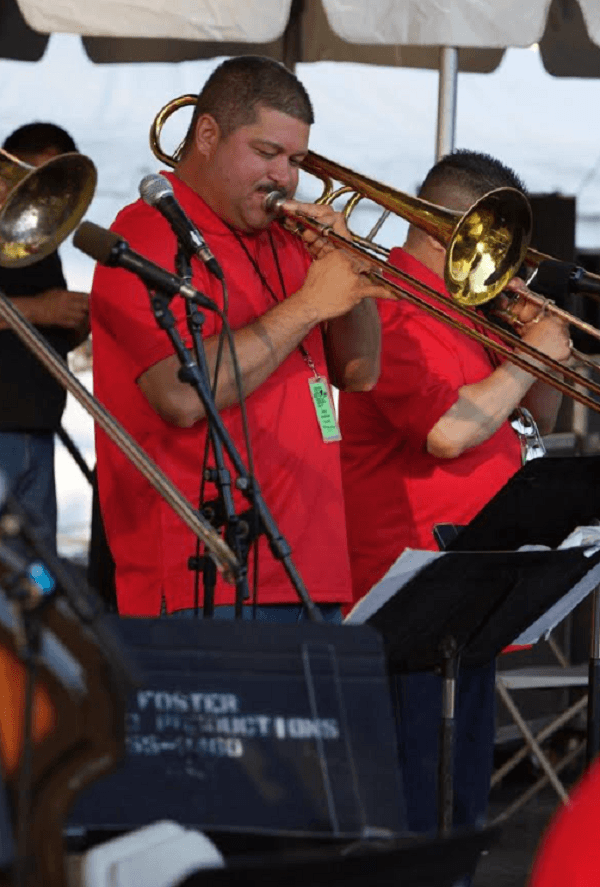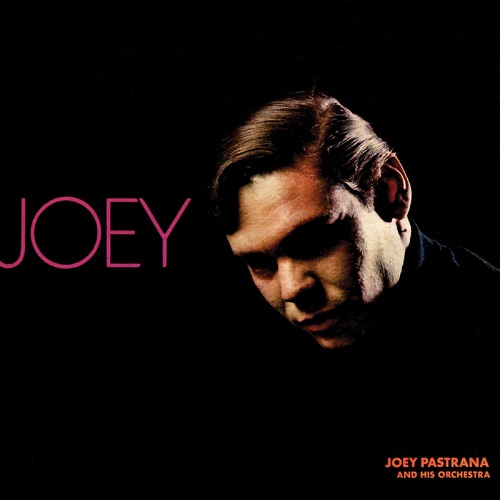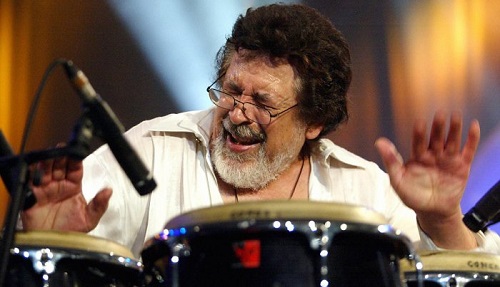North America / USA / New York
Crunkchata is the new rhythm that takes over the Latin street in USA. All lovers’ music enjoy this type of melody for its contagious tempo that makes dance to latin dancer professional or amateur.
The name Crunkchata comes from the mixture between Crunk + Bachata. Crunk, from its origins, is a musical genre that fuses hip-hop music and electro music and originated with the concept of the word crunk, which come from the union of two words, crazy and drunk. For its part, Bachata is a cadence genre from Dominic Republic very famous around the world. Nowadays, the Bachata’s leaders are: Juan Luis Guerra, Romeo Santos and Prynce Royce, among many others.
However, the Crunkchata is leading vertiginously the top ranking of the most prestigious radios, web pages of specialized music, lists of downloads and nightclubs gaining the acceptance of a young public. The people don’t stop to sing the songs. It’s so exciting to dance when women and men get together as a couple to move their hips from side to side with the count of 1,2,3 gentle jumping up one foot to continue with the same count to the son of the Crunkchata. This rhythm so sensual comes to stay and its creator is TOBY LOVE.
This musician whose real name is Octavio Rivera, better known as Toby Love born in the Bronx – New York, on March 20, 1985. He is an American singer of Dominican and Puerto Rican origin.
“Toby” comes from the nickname of his father with the same (Octavio Rivera, former member of the group Classic Cluster Salsa) and “Love” is the second nickname that hey put him when he was a teenager for his amorous character.

Toby Love originally started as the second voice of the bachata group Aventura before becoming a soloist in 2006
During his stayed in Aventura he learned a lot about Bachata and later became part of Scarlito Enterteiment together with composer Anthony Lopez known as “Tony CJ” creating his own style. The main objective of Toby is to make the genre of bachata accessible to all the urban young people of the world.
His music is a fusion of R &B, hip hop with elements of traditional and modern Bachata; it defines as result a sound that the same artist likes to call “crunkchata”.
This style unique with the mix of urban rhythms and romantic genre whose songs are in English and Spanish, occupy the third in ranking popularity of the traditional Dominic’s music after Romeo Santos and Prince Royce in the period 2016 – 2017.
Only “Tengo un Amor” became viralized among the top popular Bachata’s videos on the youtube raking chart to get the third place with more than 28 millon views. Toby Love with much effort, dedication, perseverance, more than 11 years of career as soloist and seven studio albums has managed to position the Cruckchata within the music industry and in the heart of the people.
Bachata Super Star Toby Love will be performing all his hits on Friday, October 28th!
TOBY LOVE – BACHATA EDITION AT CULTURA EVENT CENTER
5602 S Washington. St, Tacoma 98409
Date: October 28
Time: 9:00 pm
Cost: GA: $40 (presale)
VIP:$60 – includes: Front of Stage Access, Autographed copy of Toby Love’s Newest Album and Meet and Greet!
Facebook: tobyloveofficial
For more information and VIP Table reservations please call: 253.444.2314















